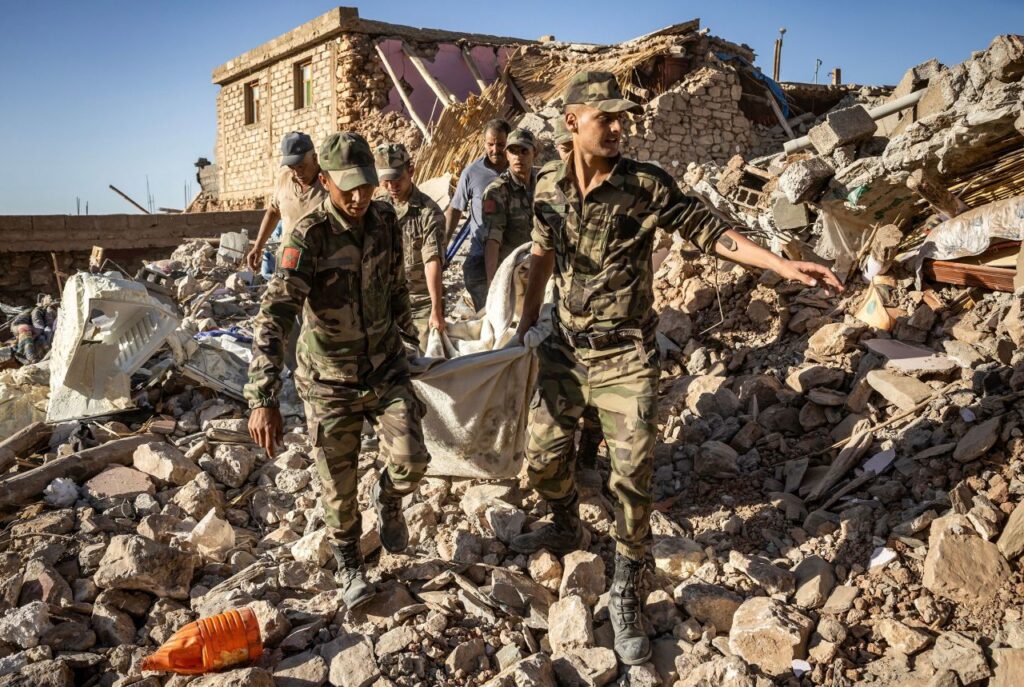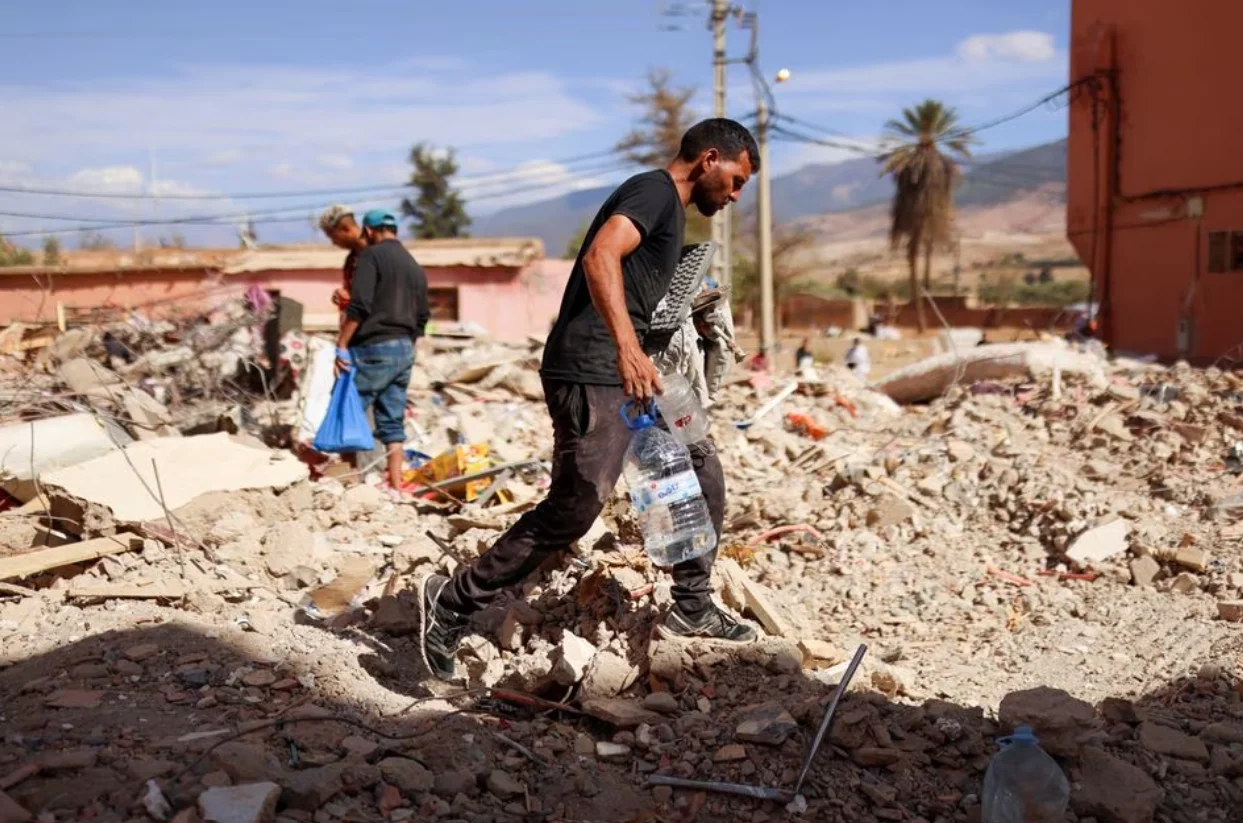Morocco is reeling from the aftermath of the deadliest earthquake the country has experienced in over six decades. As the death toll continues to rise, survivors are grappling with the immediate challenges of securing food, water, and shelter while the search for missing victims intensifies.
The catastrophic earthquake, measuring 6.8 in magnitude, struck late on a fateful Friday, toppling settlements and leaving a trail of destruction in its wake. The tragedy has forced many to endure a third night of hardship outdoors, with homes reduced to rubble.
One of the pressing challenges faced by relief personnel is the difficulty in reaching the most severely affected villages situated in the rugged terrain of the High Atlas mountains. In these remote areas, access can be limited, complicating rescue and aid efforts, as reported by Reuters.
Morocco’s Ministry of Interior reported a grim update, with the death toll now standing at 2,497, and a staggering 2,476 individuals reported injured. These numbers continue to evolve, fueling fears that the toll may rise even further.

In response to the dire situation, assistance is pouring in from around the world. Morocco has welcomed relief offers from numerous countries and expressed its readiness to coordinate efforts with international partners to address the crisis. Nations including Turkey, Kuwait, Oman, the United States, Spain, the United Kingdom, and others have offered their support, reflecting global solidarity in the face of adversity.
Tragically, the destructive earthquake spared neither Morocco’s iconic cultural heritage sites nor its historical landmarks. Reports emerged of a significant 12th-century mosque collapsing under the tremors, dealing a blow to the nation’s cultural legacy.
Additionally, the earthquake wreaked havoc on a portion of Marrakech’s Old City, a UNESCO World Heritage site renowned for its historical and architectural significance. The loss of such cultural treasures adds to the sorrow of the disaster’s impact.
In the village of Moulay Brahim, located 40 kilometers (25 miles) south of Marrakech, residents vividly recounted the harrowing moments of rescuing the deceased from the rubble, demonstrating the resilience and unity of communities in times of crisis.
The aftermath of the earthquake painted a heartbreaking picture, as grieving residents on a hillside overlooking the village bid farewell to a 45-year-old woman and her 18-year-old son, both victims of the disaster. Their bodies were laid to rest as the somber wails of a mourning woman filled the air.
Amid the ongoing recovery efforts, Hussein Adnaie, who was salvaging belongings from his damaged home, expressed his belief that people might still be trapped beneath nearby debris, underscoring the challenges and uncertainties faced by those affected.
As Morocco grapples with the immense loss and destruction brought about by this devastating earthquake, the spirit of resilience, international solidarity, and a collective determination to rebuild will undoubtedly shape the nation’s recovery process in the days and months to come.




